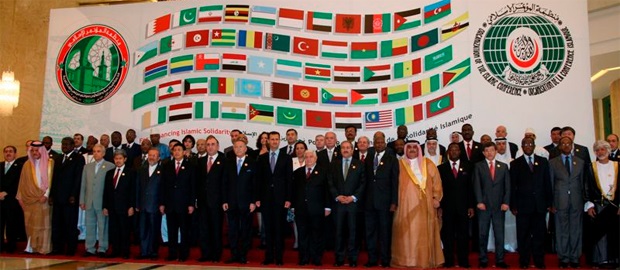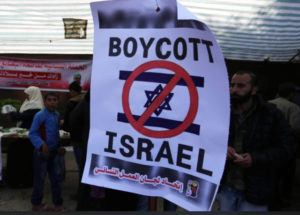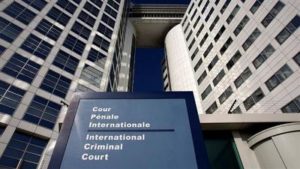Jeddah, 12 Muharram 1437/25 October 2015 (MINA) – Despite the lowering commodity prices, tightening global financial conditions and possible higher interest rates, Organization of Islamic Cooperation (OIC) member states will maintain economic growth exceeding five percent for the next two years.
Thus, it is expected that OIC member states average economic growth rate will accelerate in 2016 and 2017 with 5.1 and 5.8 percent respectively, according to Islamic Finance website.
The data indicates that, the member states have significant potential needs to be realized regarding basic financial services such as having bank account,International Islamic News Agency (IINA) quoted by Mi’raj Islamic News Agency (MINA) as reporting.
Therefore, banks in the OIC member states should try to outreach every part of the society and offer at least basic services to them.
Also Read: Saudi Arabia Wins Bid to Host World Expo 2030
Given the industry’s current size and composition, although Islamic finance is still a niche market in the overall global financial industry, it has become an important part of the international financial system and was certainly one of its fastest growing components over the last decades.
Although the industry has enjoyed above mentioned growth, its sustainability and future growth will largely depend on how successful it is in addressing the challenges at both macro and micro level such as numerous issues concerning its theoretical foundation, infrastructure development, systemic implementation, integration with external systems, and enhancing operational efficiency.
The current value of the Islamic finance assets, led by the Islamic banking sector and the global sukuk market, is estimated to be more than $2 trillion (compounded average growth rate, CAGR 2019-2014: 17.3 percent).
It is expected that the industry will expand further, with total assets projected at nearly $ 3.5 trillion by 2018.
Also Read: 148 Products from Indonesia Promoted at Sarawat Superstore Jeddah
The Islamic financial Assets mostly concentrated in some regions (particularly Middle East and Far Eastern Asia) of the world.
On the other hand, Islamic finance has made important strides into advanced economies in the US, Europe and Asia most notably through Islamic capital market instruments.
As of 2013, the top 5 jurisdiction for Islamic Finance are: Malaysia ($423 billion), Saudi Arabia ($338 billion), Iran ($323 Billion), United Arab Emirates ($140 billion) and Kuwait ($92 billion).
As the largest segment of the global Islamic finance the total asset of the sector is estimated as approximately $1.48 trillion as at 1 half of 2014, and is estimated to amount approximately $1.56 trillion by the end of the 2014.
Also Read: Packaging Industry Supports Halal Ecosystem
The asset size of the industry put forth that there is a huge gap between the potential and existing Islamic Finance market, the 2014 potential of the Islamic banking universe would be $4.178 trillion in assets within the OIC.
The CAGR between 2008 and 2013 was 16.89 percent. The industry grew by 16 percent in 2013 annually while assets of the top 1000 global banks grew by only 4.9 percent in 2012 and 0.6 percent in 2013. (T/Imt/R03)
Mi’raj Islamic News Agency (MINA)
Also Read: Indonesia-Japan Agree on Energy Transition Cooperation

































 Mina Indonesia
Mina Indonesia Mina Arabic
Mina Arabic